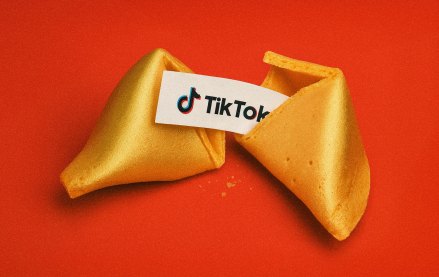Save 50% on a 3-month Digiday+ membership. Ends Dec 5.
For publishers, display-friendly SSPs are much weaker with video ads

Thomas Bremond, General Manager – International at FreeWheel
With UK ad spend in digital video continuing to accelerate at 25 percent year-on-year, publishers are understandably keen to claim their share of the revenue. But the ultimate question is whether to optimize ROI with programmatic or keep tighter control with direct ad-serving.
With programmatic accounting for half of digital video budgets this year, it seems many are hedging their bets and gathering a multitude of supply-side platform (SSP) partners in the process. But is this approach really achieving the ideal balance of revenue and control?
Marie Kondo has a unique philosophy. The consultant and author advocates re-evaluating our possessions by asking if each promotes ‘tokimeku’ – a Japanese concept that roughly translates to “something that sparks joy”. If the possession does spark joy, keep it; if it doesn’t, throw it away. This approach to decluttering and then organizing changes lives. Kondo’s growing popularity is testament to this.
What if we apply this same approach to business? After all, alternative definitions of tokimeku are to prosper, to thrive, to be influential and to be in power. Is it possible to apply tokimeku to the digital video ecosystem to help publishers ‘declutter and organize’?
Over the years, publishers have tended to strike up multiple SSP partnerships to increase their fill-rates. But in reality, having more SSPs does not equate to more revenue. Instead they use some more than others and don’t reap the full benefits of any. In addition, thanks to header-bidding software, demand-side platforms (DSPs) have introduced supply path optimizers, preventing them from bidding against themselves on different SSPs – again illustrating that perhaps less is more.
Some publishers are beginning to recognize that collecting SSP partners is no longer the best option, and they’ve decided to put all their media advertising business within the same stack. While this may seem like an extreme move, it provides them with a number of benefits.
Firstly, it allows them to choose a specialist provider that understands video advertising, rather than relying on SSPs more used to working with display ads. By collaborating with experts in the video field, they have access to the support, technical understanding and features they need. This means that their time is freed up so they can focus on their own direct campaigns and selling their premium inventory to advertisers.
Forward-thinking publishers are also reconsidering how they view the SSP relationship. If they work with one unique SSP they can see them as a valued partner – rather than just another vendor – who has a privileged view of the whole market and can therefore act in a consultancy role for their business. Finally, by changing their mindset, publishers are changing the wider industry because they are able to focus, innovate and lead with best practices, which benefits not just them but the agencies who control advertising budgets.
By bringing direct ad-serving and programmatic stacks together, it is possible to have a comprehensive video ad management and monetization platform providing publishers with complete control, operational ease and access to a variety of demand sources.
In the European ecosystem, it’s rare to see premium video bought at open auction. In France, for example, direct programmatic deals are widely used because publishers understand, and are at pains to explain to agencies, that this is best practice.
In the same way that Marie Kondo advises us to give away belongings that do not ‘spark joy’, perhaps it is time for publishers to give up relationships with tech partners who do not provide value to their businesses. Instead of thinking that having more partners allows them to cover all bases, they should stick to one tool and know how to use it well, which will allow them to prepare for all eventualities. This in turn will let them focus on their core business and make the most of their premium video inventory, which should recreate the spirit of tokimeku in the heart of any publisher.
More from Digiday

The Trade Desk loosens its grip on pricing amid buyer pressure
Amid fierce DSP competition, media agencies are finding The Trade Desk’s reps in a negotiating mood.

Behind the rise of the chief productivity officer and what it means for companies and employees
The CPO is envisioned as the leader who orchestrates people and technology together to drive business outcomes.

TikTok Shop sheds bargain-bin reputation as average prices climb across categories
An analysis by e-commerce intelligence firm Charm shows average prices climbing across more than a dozen key categories.





